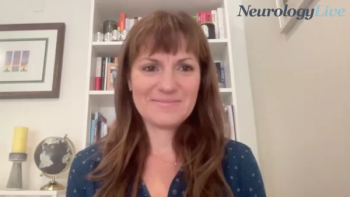
Breakthroughs in Narcolepsy: A Postinfectious Autoimmune Syndrome?
Recent studies have suggested that H1N1 influenza might be the trigger for some patients, but a number of interesting questions remain.
Narcolepsy is a syndrome in which patients rapidly transition into sleep states from wakefulness and have excessive daytime sleepiness. Patients also frequently have cataplexy triggered by strong emotions or surprise.
A major breakthrough in narcolepsy came from studies demonstrating that the syndrome most typically is associated with particular
The next significant breakthrough was the linkage of a distinct genetic form of narcolepsy identified in experimental animals with mutations in the orexin/hypocretin ligand receptor. This linkage suggested that there may be a defect in the orexin/hypocretin-controlled hypothalamic circuit regulating sleep and arousal.
Indeed, authors have shown in pathologic studies that the
What is the inciting event that leads to the loss of these neurons in patients with narcolepsy? Recent studies have suggested that H1N1 influenza might be the trigger for some patients in whom narcolepsy develops. One indication of this was epidemiologic data showing that narcolepsy has a seasonal incidence and that there were
To complete the story, at least for now, recent studies have shown that there are shared epitopes between the H1N1 influenza virus and the hypocretin receptor and that patients have
A number of interesting questions remain:
• Is narcolepsy triggered by influenza in all patients or are there other inciting environmental triggers?
• Can other influenza types trigger the disorder in susceptible patients?
• Is the risk higher for infection or vaccination?
• Should patients be screened for risk in some manner before influenza vaccination?
I’m sure readers will have other interesting thoughts on this topic. Please share your comments below.
Newsletter
Keep your finger on the pulse of neurology—subscribe to NeurologyLive for expert interviews, new data, and breakthrough treatment updates.






























